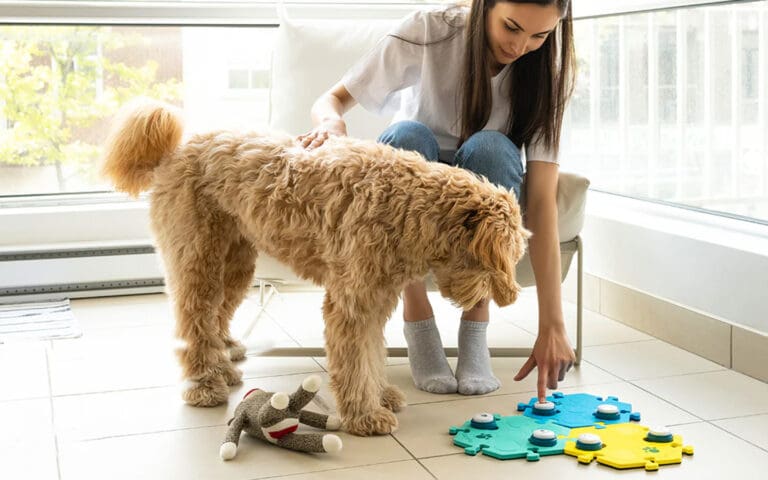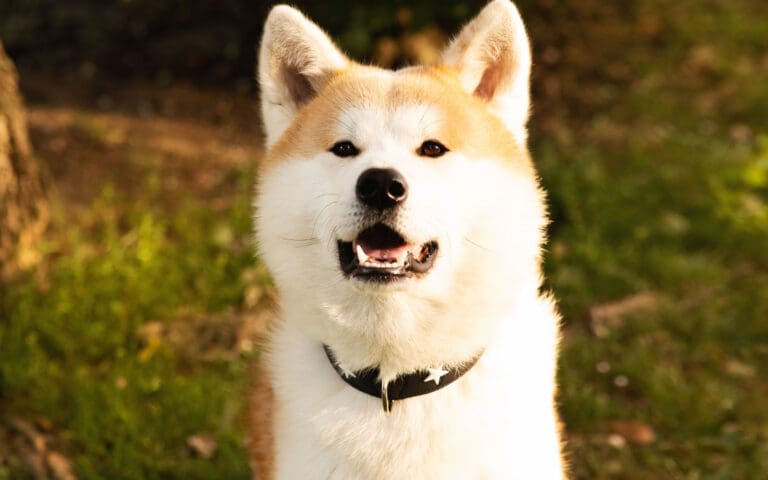Dogs are pack animals and crave company. But animals hyper-attached to humans can become destructive when alone. These 10 tips will help you identify the signs and symptoms and combat your dog’s separation anxiety.
10. Get to Know the Signs of Separation Anxiety
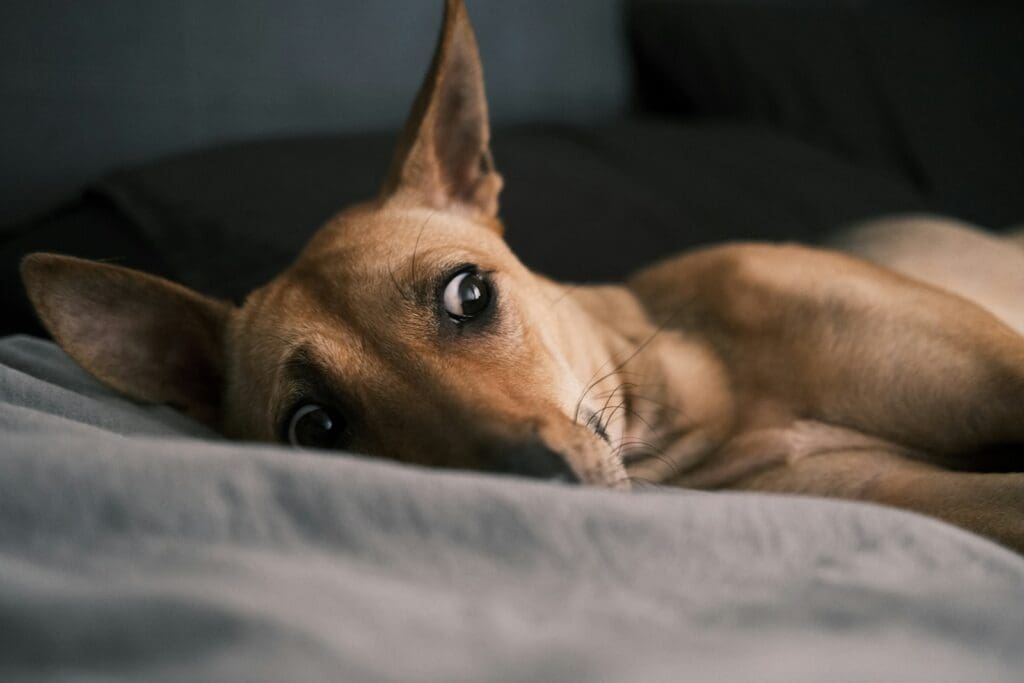
Separation anxiety can be triggered by a dog being left alone for the first time, an ownership change, moving from shelter to home, change in routine or schedule, or the loss of a family member. Signs include howling, barking, whining, indoor accidents, destructive chewing, scratching at windows or doors, drooling, panting, salivating, pacing, and escape attempts.
9. Practice Deemphasized Exits and Returns
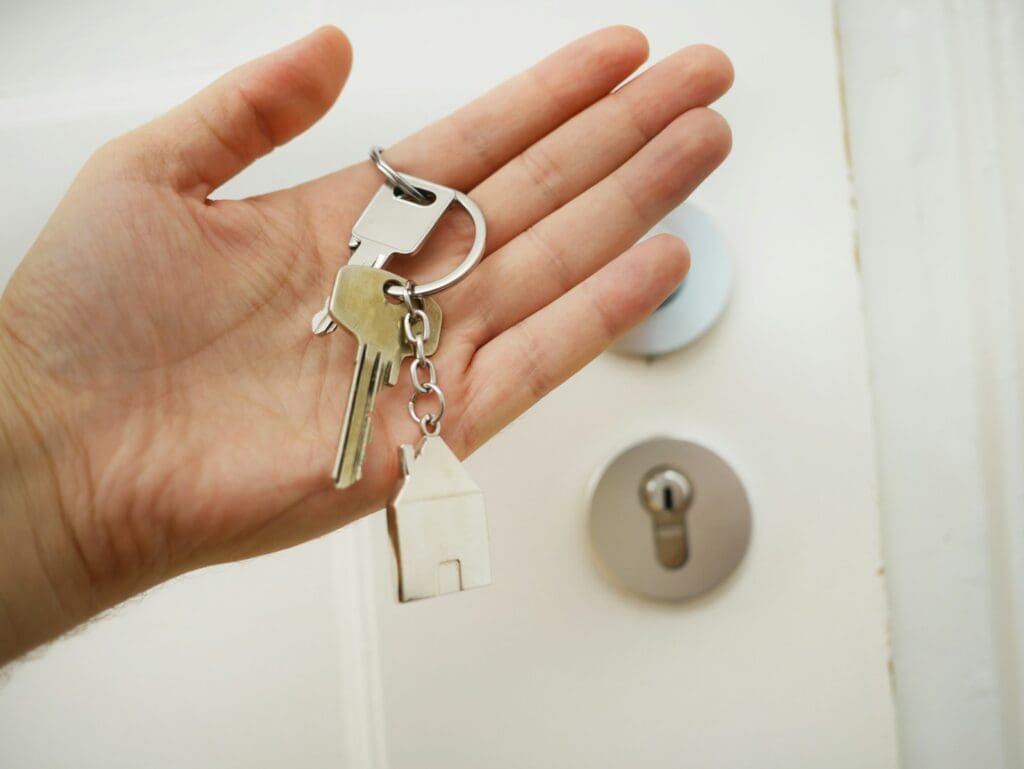
Don’t create lots of excitement during farewells and greetings. These can trigger separation anxiety. Do the opposite. Show your dog little attention 15-30 minutes before leaving, and do the same when you return. When you return, don’t get affectionate until they have settled. Grabbing car keys can be a trigger. Practice grabbing car keys and not leaving.
8. Exercise Your Dog Before Departure
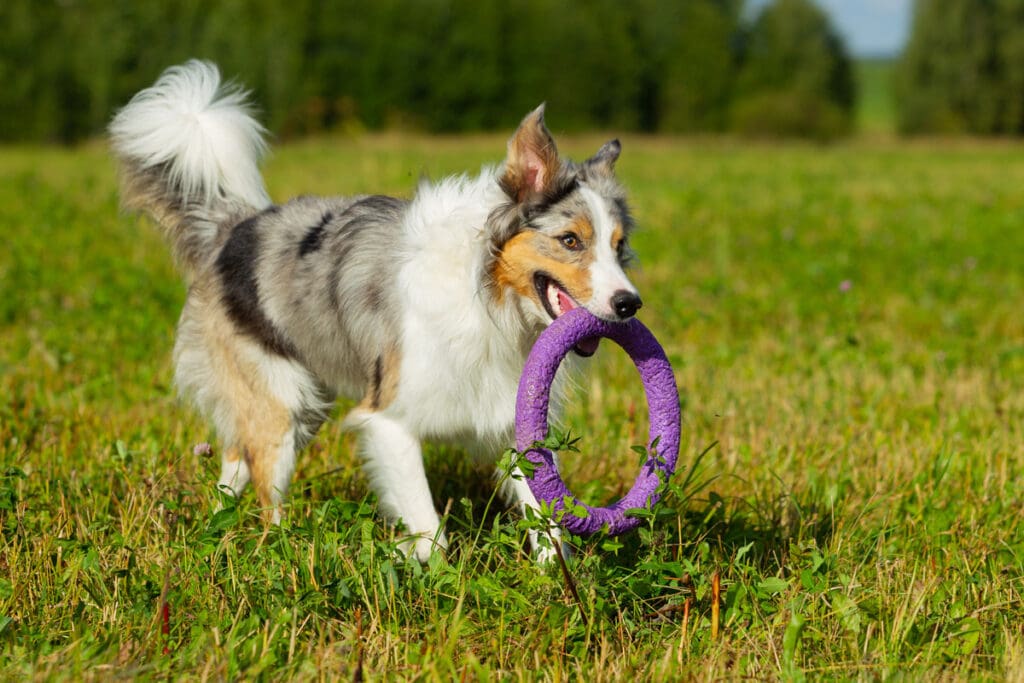
Physical activity is one of the best ways to help your dog burn off excess energy. Before leaving, take your dog for a long walk or short run. Engage in a game of fetch or a visit to the dog park. Leaving your dog stimulated and then tired will make it more likely they will settle while you are gone.
7. Create a Safe Space for Your Dog
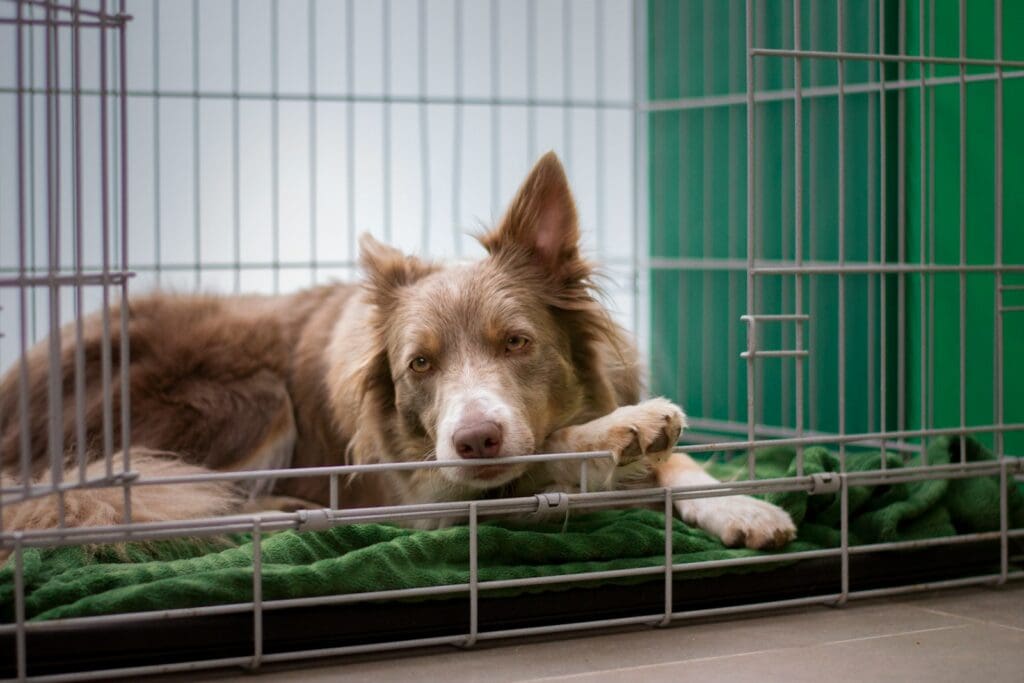
Create a quiet and safe space for your dog to hang out when you’re not around. Encourage your dog to retreat to this space anytime they are stressed, such as when loud noises occur such as fireworks or thunder. It can be their crate or a dog bed. Accustom your dog to being in this space when you are home.
6. Train Your Dog to Be Alone When You Are in the House
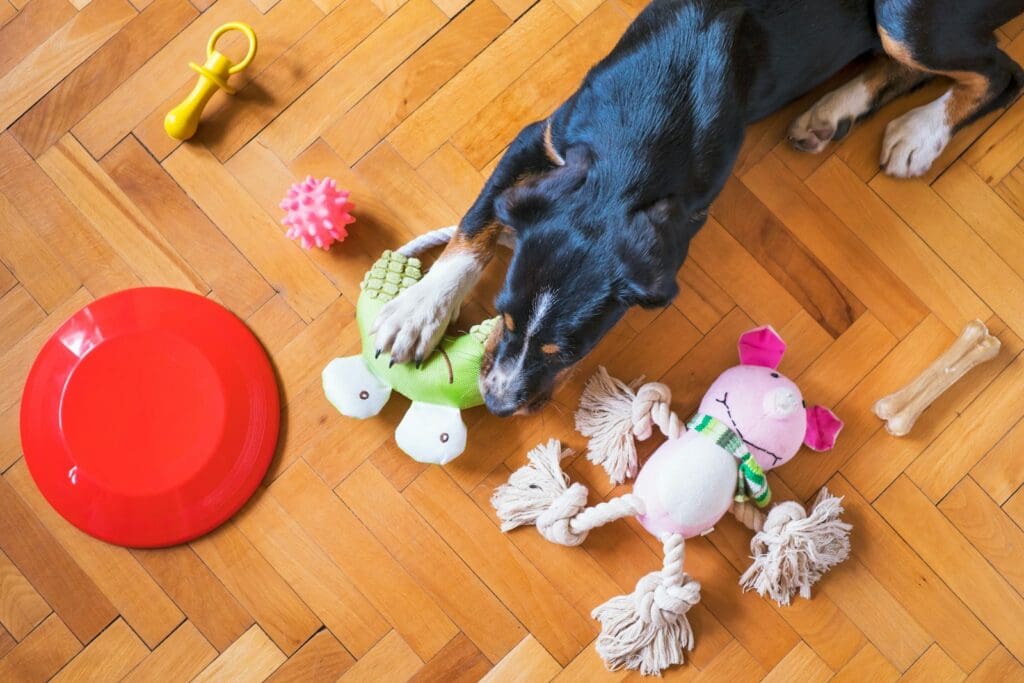
Train your dog to be away from you. Work in a different room with the door closed. Have your dog hang out in its safe space. Start with short 1-5-minute intervals and gradually increase the time to 20-30 minutes over a few weeks. Keep increasing the time. Reward your dog’s good behavior with motivating treats or a toy.
5. Practice Brief Departures

Once your dog is comfortable with being away from you within the home, practice brief departures from the home. If your dog is comfortable with being apart from you for thirty minutes in another room, try running a half-hour errand away from home. As your dog becomes more comfortable, extend the time.
4. Leave Comfort Items and Background Music for Your Dog
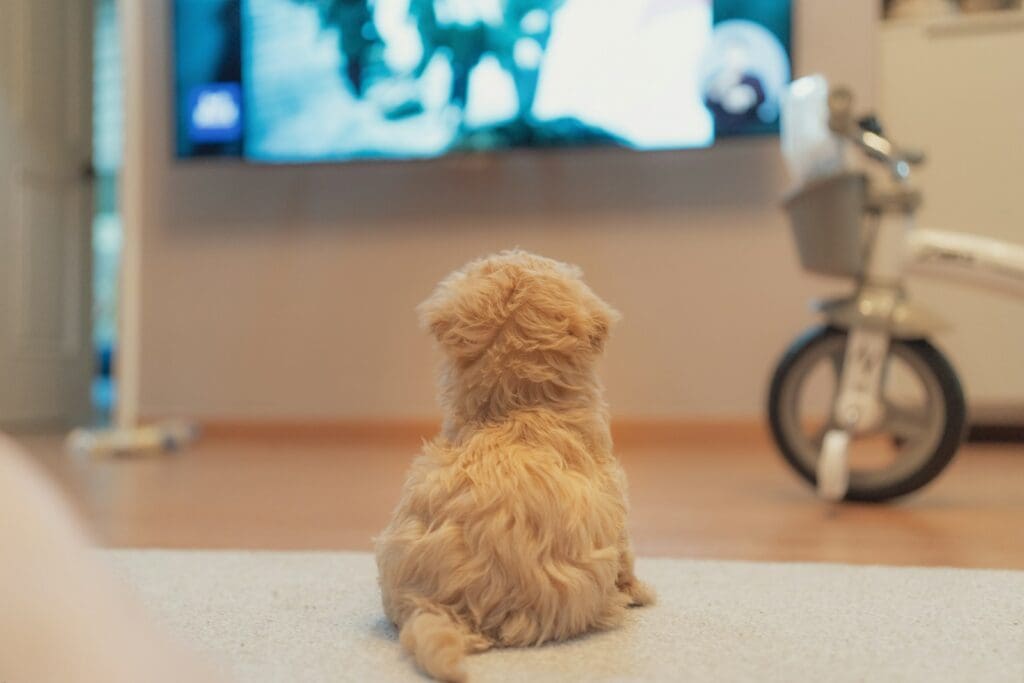
Arrange your home environment to comfort your pet while you’re away. Turn on the TV or radio on a station with lots of talking so your dog can hear human voices. Hide treats around the house that your dog can hunt for and find. Leave items, such as dirty laundry, with your scent nearby (caution puppies may chew these).
3. Don’t Leave Your Dog Alone Too Long
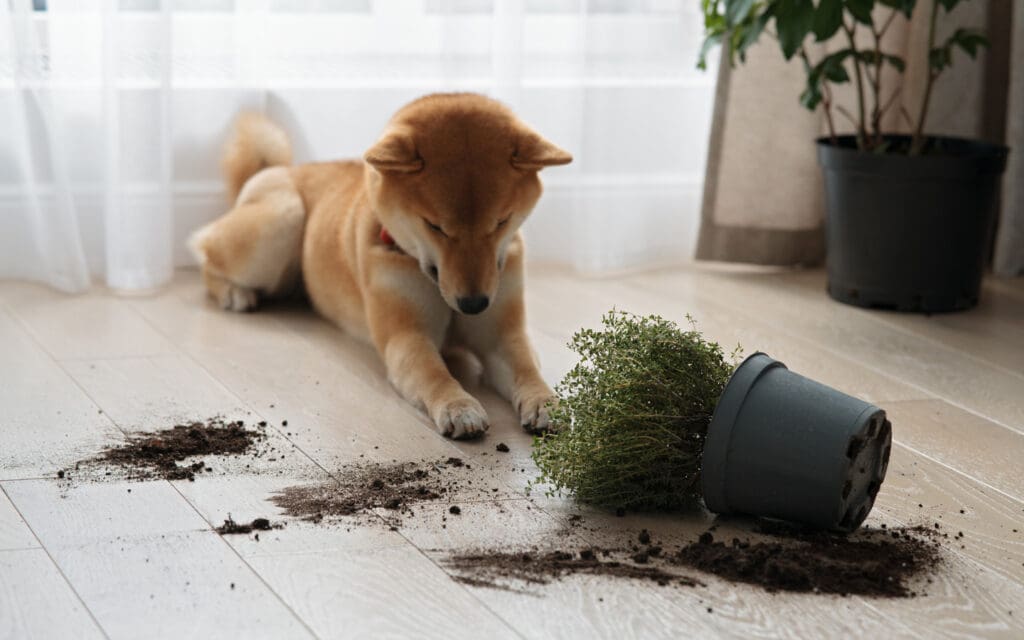
All dogs can learn to be alone for part of the day. However, if you must be away longer than 6-8 hours, bring your dog to work if possible. Alternatively, arrange your day to allow you to return home for short periods. Otherwise, consider a doggy daycare or having a friend or relative spend time with your dog.
Read More: Why Does My Dog Like to Lay on Me?
2. Rule out Medical and Behavioral Problems
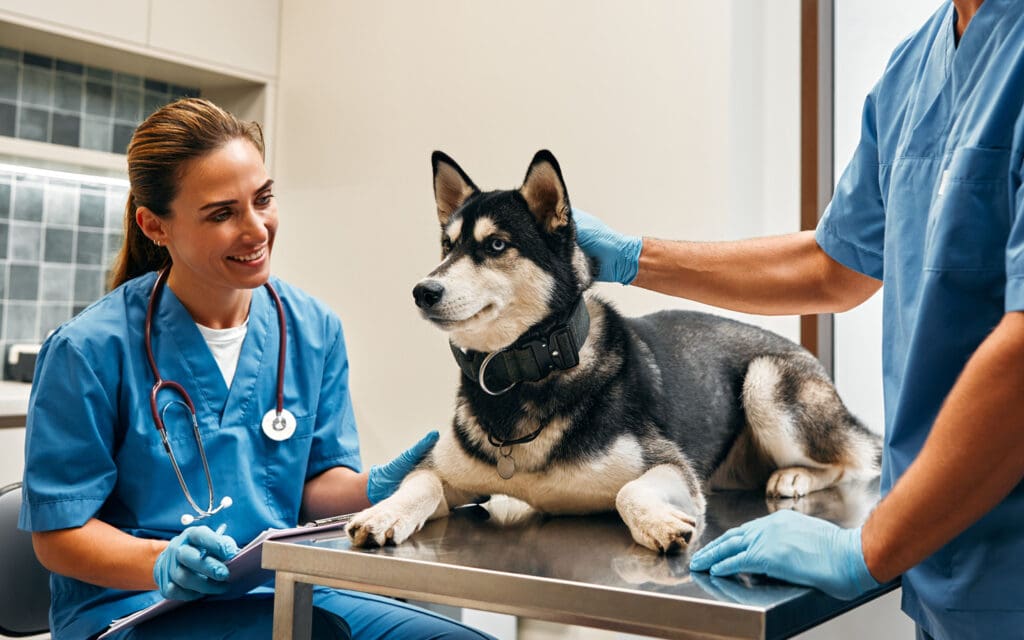
Certain medical problems can mimic the symptoms of separation anxiety. This includes incontinence, which can be caused by numerous diseases and some medications. Also rule out behavioral problems such as submissiveness, excitement, incomplete house training, urine marking, juvenile destruction, boredom, or environmental triggers.
Read More: Tips to Keep Your Pets Calm During New Year’s Fireworks
1. Use Supplements or Medications

Certain medications or supplements may help in treating your dog’s separation anxiety. There are over-the-counter products that use natural calming ingredients. However, it’s always best to consult with your veterinarian or a veterinary behaviorist before giving your dog any over-the-counter supplement. Some dogs have such high anxiety no other types of treatments will be effective without the help of medication.
Read More: Helping Your Kitty Cope: 10 Tips for Easing Separation Anxiety



